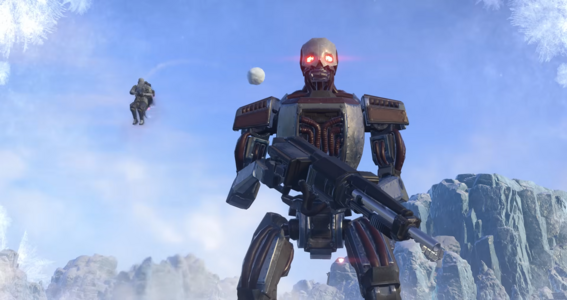
Masahiro Sakurai took fans into the development journey of the 3DS and Wii U versions of Smash Bros. Learn more about his development process, gameplay features, and more.
Smash Bros For 3DS and Wii U Opened Opportunities
Reveals Process for Development

Masahiro Sakurai, the visionary creator behind the Super Smash Bros series, recently took fans on a captivating journey through the development of Super Smash Bros for 3DS and Wii U
in his latest game concept video.
Sakurai's insights shed light on the intricacies of crafting two distinct versions of the beloved franchise during a transformative period for gaming.
Why Develop Both Versions at the Same Time?

The stage was set back in the bustling realm of E3 2011 when the announcement of Super Smash Bros for 3DS and Wii U
added an electrifying twist to the gaming narrative. Right in the final stretch of developing Kid Icarus: Uprising,
Sakurai had decided to develop both versions.
Sakurai concluded that, despite different playstyles, the game will retain the same mechanics, animations, and balance. A handheld version of Smash Bros. was uncharted territory, carrying a certain charm for Sakurai. However, because of the 3DS's processing limits, it provided a hurdle. The Wii U, on the other hand, boasted impressive graphical capabilities. Still, as an HD console in a rapidly moving industry, they required more significant innovation. Sakurai's creative thinking was motivated by the contrasting potential of the single-player portable experience and the enormous multiplayer dynamics of a home console.
3DS and Wii U Smash Bros Gameplay
Stages and Modes For Each Version

Detailing the game's mechanics, Sakurai noted the skillful creation of stages specific to each console. While the Wii U version drew inspiration from console classics, the 3DS version did so from portable games.
Examples of the platforms' unique game modes include StreetPass for the 3DS and 8-Player Smash for the Wii U. Outside of that, the 3DS's gameplay features Smash Run, a chaotic power-up collection inspired by Kirby Air Ride's City Trial mode, and Wii U's Smash Tour, a unique board game style tournament with rowdy group dynamics.
The critical component of each game was the creative utilization of the consoles' capabilities. The multiplayer feature on the 3DS was revolutionary since it allowed people to explore huge maps on separate screens. In contrast, Smash Tour for the Wii U captured the spirit of a fun party game. Character parameters could be changed through the game's mechanics, encouraging character strength variation.
Character Customization

Personalization was possible through character customization, such as equipping items and refining special moves. Amiibo support, a massive step towards physical products, allowed CPU fighters to be trained using players' amiibo. This demonstrated Sakurai's readiness to adopt new technologies while preserving Smash's essential character.
Online Features and Paid DLCs

Sakurai's delegation of parameters to the team signaled a shift in his management style. This collaborative approach increased efficiency and streamlined the development process. With a staff of planners, parameter adjustment and intensive playtesting become refined procedures.
The outcome served as a validation of their efforts. The 3DS version offered gameplay at a stable 60 frames per second, stereoscopic 3D, and 4-player contests. These versions also included online updates for the first time, ushering in the era of paid character DLCs.
At E3 in June 2013, Super Smash Bros for 3DS and Wii U
was unveiled to the public, kicking off a series of elaborate character reveal films. The project's completion in the spring of 2016 marked the end of the voyage, which had milestones like the 3DS version's Japanese release and the launching of the Wii U version.
Source: Masahiro Sakurai's Super Smash Bros. for 3DS and Wii U Youtube Video















